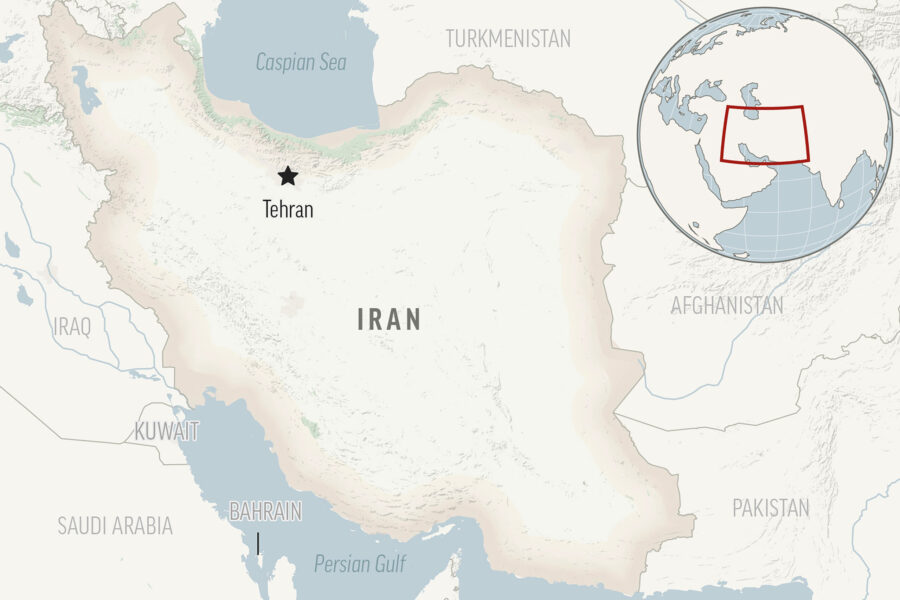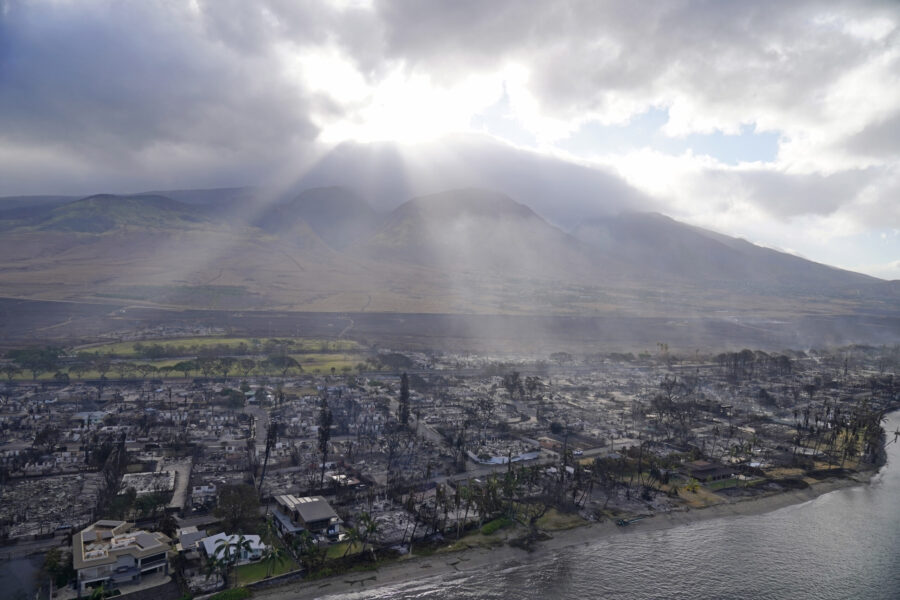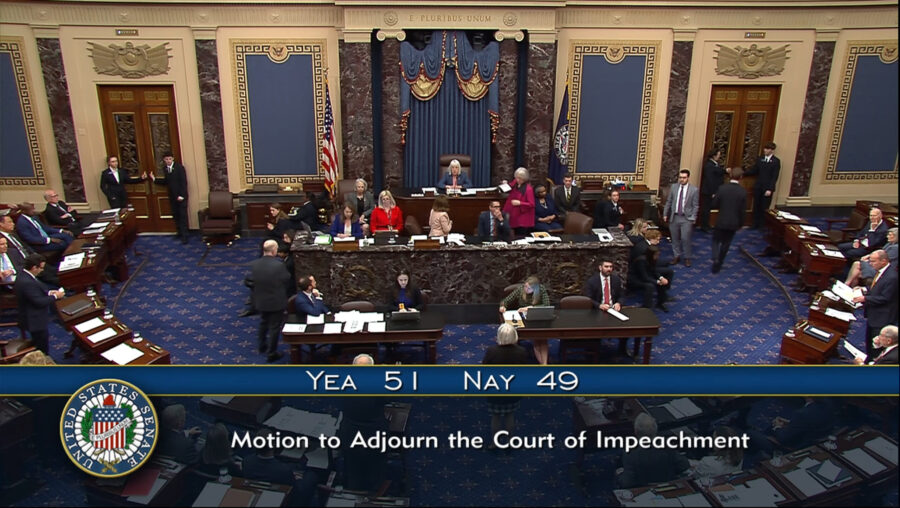Snowstorm Hits Northern Rocky Mountains; Montana Gets Brunt
Sep 29, 2019, 4:28 PM | Updated: Jun 8, 2022, 5:01 pm

MISSOULA, MONTANA - SEPTEMBER 19: Snow falls on a stand of whitebark pine and subalpine fir trees at a U.S. Forest Service research and restoration site at the Snowbowl ski area in the Lolo National Forest September 19, 2019 in Missoula, Montana. The site has been studied since 1994 and many of the whitebark pine there were killed by blister rust and those that survived were later killed by the mountain pine beetle. According to the 2017 Montana Climate Assessment, the annual average temperatures in the state has increased 2.5 degrees Fahrenheit since 1950 and is projected to increase by approximately 3.0 to 7.0 degrees by midcentury. As climate change makes summers hotter and drier in the Northern Rockies, forests are threatened with increasing wildfire activity, deadly pathogens and insect infestations, including the mountain pine beetle outbreak which has killed more than six million acres of forest across Montana since 2000. (Photo by Chip Somodevilla/Getty Images)
(Photo by Chip Somodevilla/Getty Images)
GREAT FALLS, Mont. (AP) — Areas of the northern Rocky Mountains looked more like mid-winter rather than early fall on Sunday as a snowstorm dumped record amounts of wind-driven snow that caused hazardous travel conditions and scattered power outages.
Winter storm warnings were posted for parts of western Montana, northern Idaho and northeast Washington. Snow also was forecast for areas in Wyoming, Utah, Oregon, Nevada and California.
The brunt of the storm hit Montana where up to 2 feet (61 centimeters) of snow fell Saturday in the mountains and a record 14 inches (35.5 centimeters) fell in Great Falls with snow still falling Sunday.
Montana Gov. Steve Bullock declared an emergency Sunday, allowing the state to mobilize resources to help affected areas.
“With an unprecedented winter storm throwing our state a surprise in September, state and local governments are working closely together to protect the health and safety of Montanans and our top priority is making sure that happens,” Bullock said in a statement. “Montanans should heed all warnings from state and local officials, travel safely, and be cautious during this time.”
Major interstates and highways remained open, but snow and ice covered many stretches of roadway in western Montana.
The storm was expected to wind down late Sunday and early Monday.













